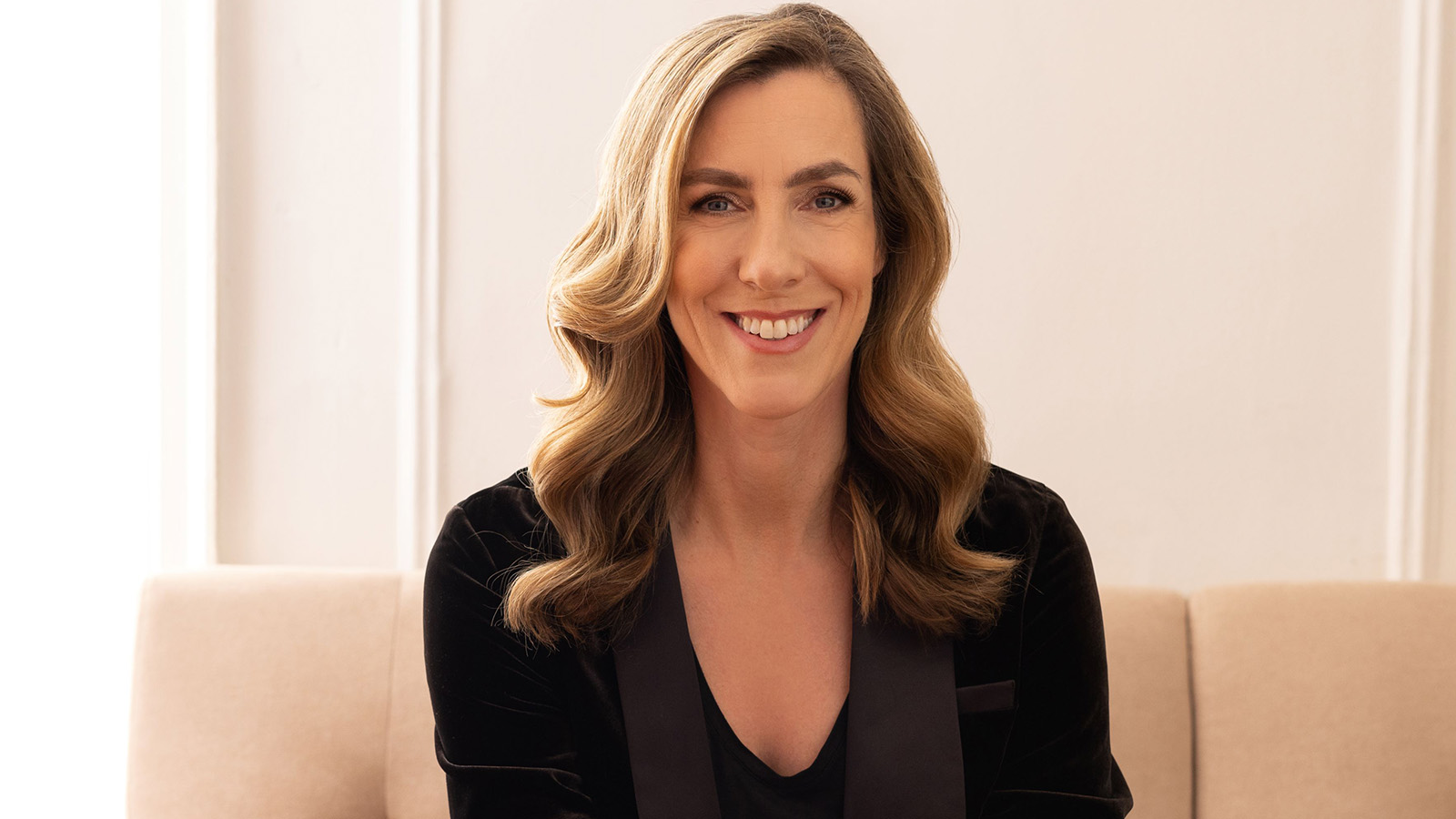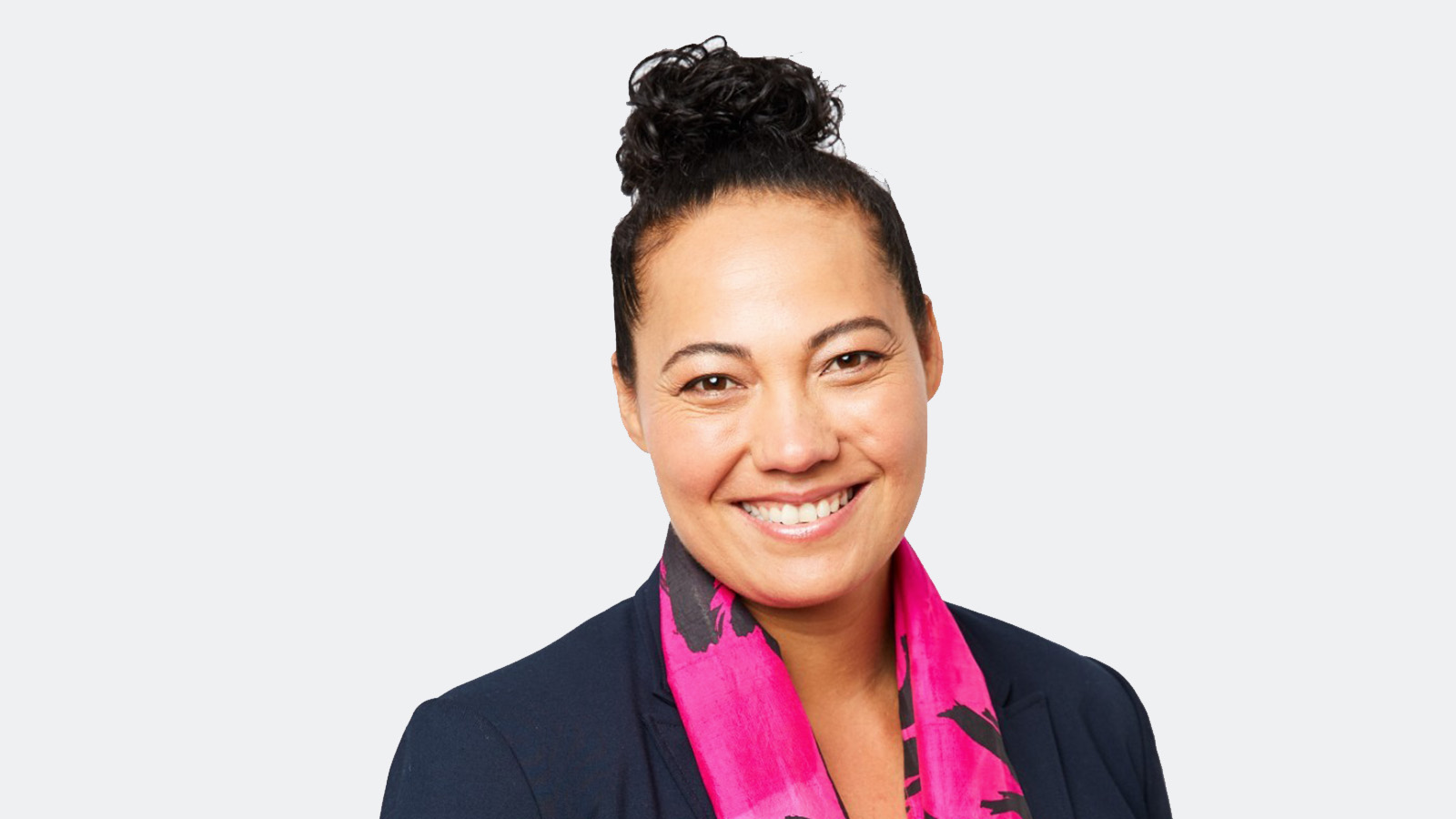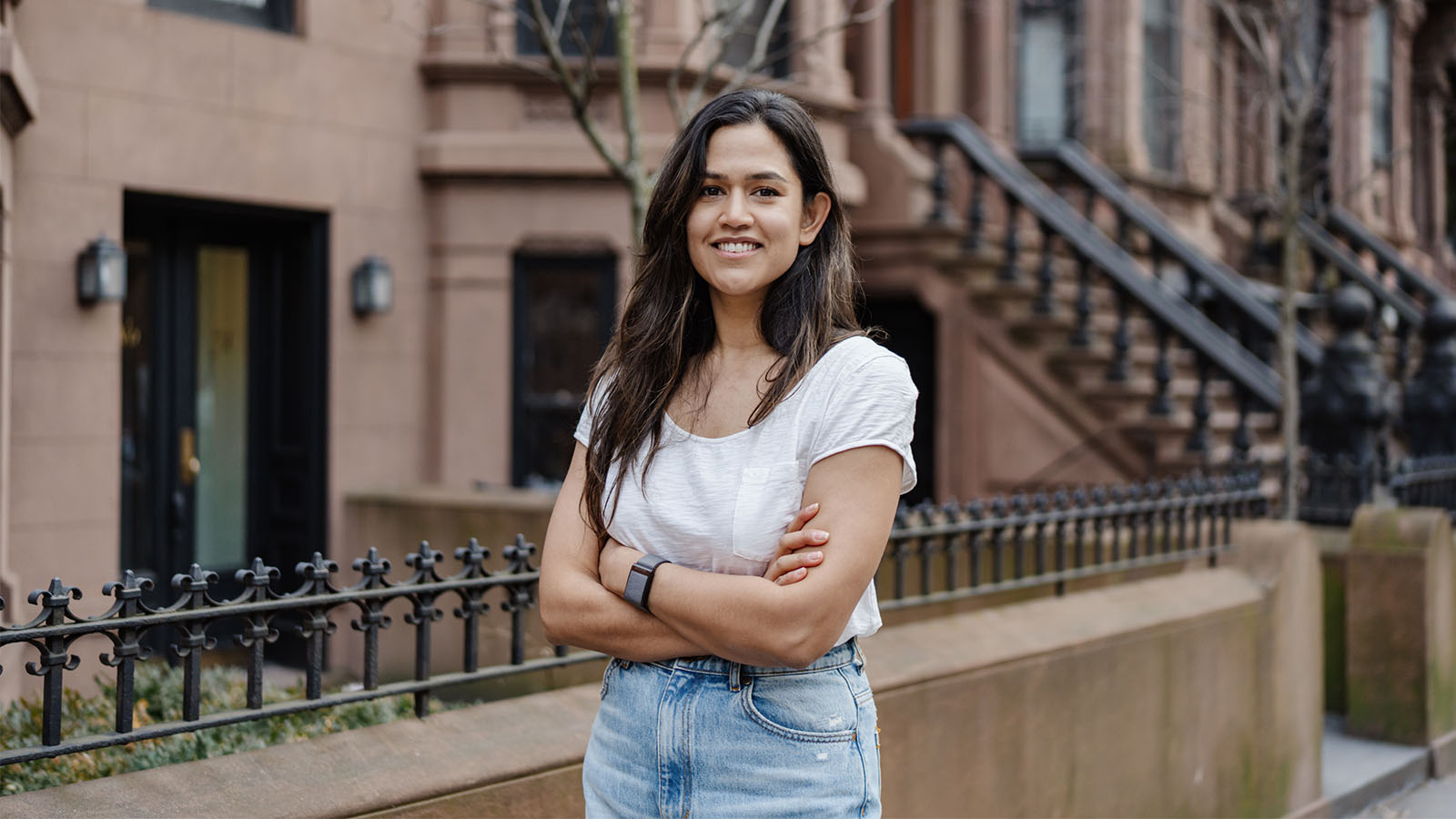The leading women of STEM
From Wollongong to the world stage, these UOW graduates continue to lead the way for women in STEM
With degrees across a range of disciplines, UOW alumni Tanya de Hoog, Sheridan Gho and Erica D’Silva are each at the height of their careers in engineering, medical biotechnology and business.
Tanya de Hoog
Although she dreamed of becoming a physiotherapist, it was Tanya de Hoog’s high school chemistry teacher who told her about an engineering scholarship available at the University of Wollongong (UOW), leading her to make the move from Canberra.
“I was lucky to be awarded a scholarship and so from the very beginning of my UOW studies, I felt supported and encouraged to use this award to study hard and go forward in my career to be a leader in industry and make a difference in the world,” she recalls.
“These early experiences and the specific introduction to engineering as an essential profession, that needs more people to come into it to make the world a better place, set the foundation for my world view of our profession and my potential place in it.”
Tanya was one of only a few women to graduate with a Bachelor of Engineering from UOW in 1997 and has spent almost three decades defining herself as not only a leader in the engineering sector, but an advocate for giving everyone a seat at the table.
“I have seen the evolution of the engineering sector. It’s become more human, more diverse. It has become much more focused on specific challenges such as climate change and its impact on people and the planet. I’ve also seen more of a broader focus on outcomes in addition to process. I’ve seen how engineering appeals to a broader group of people nowadays.”

Soon after graduation, Tanya moved to Perth and started her career working for BG&E on projects in Australia. By 25, she was chartered by Engineers Australia and moved to London where she started her journey cultivating expertise in stadia engineering, working on projects like Benfica Stadium in Portgual, The Oval Cricket Ground and Wimbledon No.1 Court in London.
Tanya is now Principal of Thorton Tomasetti, a global engineering firm with offices throughout the US, Europe, Asia, the Middle East and Australia. Tanya co-founded the London office, relocating to New York in 2019 to build on her global career.
“My passion for engineering was definitely fuelled by my ability to take my UOW engineering degree and work in other places around the world. I was especially excited by being able to travel around Europe to see the ancient engineering wonders of the world, and see the actual structures, of how they fit together, how they created spaces and places that are awe inspiring and, in many cases, changed the world for better,” says Tanya.
With decades of experience, Tanya now faces her biggest role yet as the newly elected president of the Institution of Structural Engineers (IStructE), arguably the most coveted role in the field. She is only the fourth woman to hold the title in the Institution's 116-year existence, and the second Australian.
“It’s a huge honour to be elected as President of IStructE. In the lead-up to 2024, I spent a long time thinking about what impact and outcomes I wanted to contribute to the Institution and the engineering profession as part of this role. I knew that I got to this position through my own hard work and at the same time, because I have always had great support and strong mentors," Tanya says.
As part of the role, Tanya was tasked with creating a Call to Action – a set of values that the Institution can live by - ‘engineering for people and the planet.’
“I was determined to focus on the positive side of engineering and do something to help support everyone who wants to make a difference in the world to be able to do in through engineering. That’s why I chose a strong, focused Call to Action to the wider built environment industry globally as an initiative to drive positive change for engineers and the people and planet impacted by their work.”
Dr Sheridan Gho
Growing up in Fiji before migrating to Sydney to finish Year 12, Sheridan made the move to Wollongong to study a Bachelor of Science (Honours), followed by a PhD in biomechanics researching exercise bras for women who had been treated for breast cancer.
Now she is the CEO and co-founder of Cenofex, a Wollongong-based biotechnology company creating medical devices to measure and manage lymphoedema.
“Lymphoedema consistently came up as an issue for women who had been treated for breast cancer. A lot of the women I spoke to during my thesis said, ‘this is something that you really need to look into, this is a real issue’,” she explains.
In her second year of her PhD, Sheridan completed a Graduate Certificate in Research Commercialisation, focusing on bringing her prior research to life.
“That graduate certificate experience opened my horizons to what can be done to bridge the gap between the amazing discoveries that we have at university through research, with something that has a real outcome in the world, adopted by everyday people,” she says.

It was here she met fellow student Michael Weaver, and the two were selected to complete a two-year fellowship at the Rosenman Institute in San Francisco, where they learnt the ins-and-outs of beginning a start-up.
The pair were housed in a “start-up garage” at the University of California San Francisco (UCSF), complete with specialised equipment, office space and support from other entrepreneurs, where Cenofex was born.
Now based at UOW’s Innovation Campus, Cenofex is about to enter the clinical research stage for its devices.
While the functionality of the device is still under wraps, Sheridan can share that it will be an accessible way for lymphoedema patients to monitor and manage their condition.
“We have shifted to a smart monitoring product whereby we can provide better information for clinicians to make evidence-based decisions [for patients]. This then can also empower patients by having data that can objectively show them what’s going on,” she explains.
Reflecting on her time at UOW, Sheridan says even though her focus was on scientific research, she is happy with the holistic experience she gained, preparing her for a life of business ownership.
“I started as a person in STEM and have ended up in this business role, but a lot of the things I learnt in STEM and the approaches within that science degree were very systematic. Even with a science background, whether I’m juggling three or four things at once, I still feel like I can have that systematic approach. Those things I learnt have unexpectedly benefited a business career.”
Erica D'Silva
From a cadetship at the Port Kembla Steelworks to the Empire State Building, Erica has come a long way since her days as an engineering student at UOW, with a career that has taken her around the world.
After working in various operations and growth roles at Uber, she now is Head of Global Vendor Strategy at LinkedIn, headquartered in New York City, and has recently begun an Executive MBA program at the University of Oxford.
“I spend a lot of time over in the UK, doing immersive weeks with my cohort. It is a really rewarding experience, sharing the room with some of the smartest people you've ever met. It's extremely intimidating, but I love every second of it,” she says.
As an undergraduate, Erica was drawn to UOW for the reputation of its engineering faculty and industry connections with BlueScope Steel, where she completed a cadetship.
“One of the biggest takeaways, outside of the core program, was that I was part of establishing the diversity network, which gave me the opportunity to meet a bunch of other great women working at the steelworks,” she says.
“In December of 2022 BlueScope CEO Mark Vasella announced the new leadership team, and greater than 50 per cent were women, it was an inspiring full circle moment.”

More than a decade later, Erica still applies what she learnt at UOW into her role at LinkedIn.
“STEM gives you a lot of raw skills - for example, anyone who studied in STEM is probably really good at solving problems. They’re likely to be extremely analytical and deeply invested in making things work,” she says.
Most of all, she appreciates the significance of meaningful relationships – something she experienced firsthand after a bone tumour kept her in hospital for much of her first year.
"My university friends got me through that time - they took notes for me, delivered my homework, and my professors would take photos [of lectures] and email them to me and make sure I received all the content,” she recalls.
“I don't think I would have made it through that year if I didn't have that supportive community around me. So that was one thing I really took away from my time at UOW. It’s why I invest so much in people and building relationships, because that's what it takes to succeed. You're only as strong as your team.”